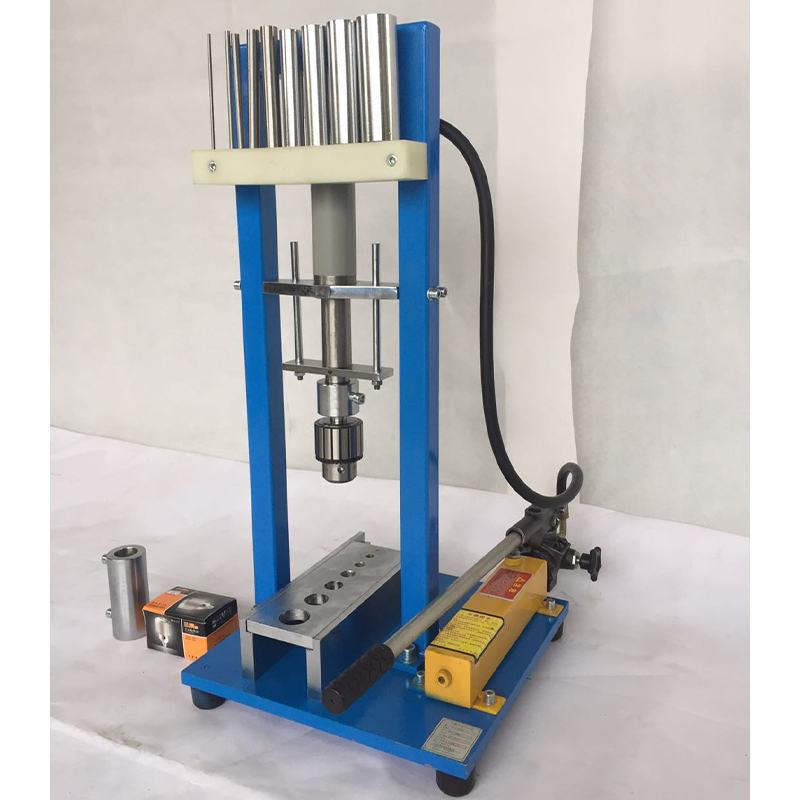Cable Flexing Tester for Flexible Cable Durability Evaluation and Performance Assessment
Understanding Flexible Cable Flexing Testers Ensuring Reliability in Electrical Connections
In today's fast-paced technological landscape, where the reliability of electrical connections is paramount, the flexible cable flexing tester has emerged as an essential tool in the quality assurance process for various industries. Designed specifically for assessing the durability and performance of flexible cables, these testers are instrumental in ensuring that cables can withstand repeated bending and flexing without compromising their structural integrity or functionality.
What is a Flexible Cable Flexing Tester?
A flexible cable flexing tester is a specialized equipment that subjects flexible cables to repetitive bending motions to simulate real-world conditions. This testing mimics the way cables are often used in environments where they are frequently moved, twisted, or bent. By conducting such tests, manufacturers can identify potential weaknesses in the cable design and construction, which may affect the product's long-term reliability.
Why is Testing Important?
Flexible cables are widely used in various applications, from consumer electronics to industrial machinery. The performance of these cables can significantly impact the overall functionality and safety of the products they are integrated into. Therefore, rigorous testing is essential to ensure that cables can endure environmental factors such as temperature fluctuations, humidity, and physical stress. The failure of a cable can lead to device malfunctions, safety hazards, and costly repairs or recalls. Hence, the role of a flexible cable flexing tester is crucial in the development and manufacturing processes.
How Does the Testing Process Work?
The testing process typically involves placing the cable in a specialized fixture designed to hold it in place while it undergoes flexing. The tester then initiates a sequence of bends at predetermined angles and distances, which are representative of the actual usage conditions the cable is likely to face. The number of flex cycles can vary depending on the specifications set by industry standards, often reaching thousands of cycles.
flexible cable flexing tester

During the test, several parameters are monitored, including the condition of the outer jacket, any signs of wear on the internal conductors, and the overall electrical performance of the cable. If the cable fails at any point during testing, it provides valuable data to engineers and designers, helping them make informed decisions about materials, designs, and manufacturing processes.
Standards and Regulations
Various international standards govern the testing of flexible cables, ensuring that products meet safety and quality criteria. Organizations like the International Electrotechnical Commission (IEC) and the Institute of Electrical and Electronics Engineers (IEEE) have established guidelines that manufacturers must adhere to. Compliance with these standards not only guarantees product reliability but also enhances marketability, as customers increasingly seek out tested and certified products.
Benefits of Using Flexible Cable Flexing Testers
The advantages of using flexible cable flexing testers are multifold. Firstly, they provide manufacturers with the confidence that their products can endure the rigors of daily use. Secondly, they help identify design flaws early in the development process, allowing for improvements before mass production begins. This proactive approach minimizes the risk of product failures in the market.
Moreover, the data generated from these tests can lead to innovations in cable design, such as the development of more robust materials or improved manufacturing techniques. In an era where sustainability and longevity are becoming central concerns for consumers and manufacturers alike, the insights gained from flexing tests can drive significant advancements.
Conclusion
In conclusion, flexible cable flexing testers play a vital role in ensuring the durability and reliability of flexible cables across various applications. As technology continues to evolve and the demand for dependable electrical connections grows, the importance of these testing tools cannot be overstated. By investing in rigorous testing processes, manufacturers can enhance the quality of their products, ensure compliance with industry standards, and ultimately deliver safer and more reliable electrical solutions to consumers. The flexible cable flexing tester is not just a tool for testing; it is a cornerstone in the quest for excellence in cable design and manufacturing.
-
Why the Conductor Resistance Constant Temperature Measurement Machine Redefines Precision
NewsJun.20,2025
-
Reliable Testing Starts Here: Why the High Insulation Resistance Measuring Instrument Is a Must-Have
NewsJun.20,2025
-
Flexible Cable Flexing Test Equipment: The Precision Standard for Cable Durability and Performance Testing
NewsJun.20,2025
-
Digital Measurement Projector: Precision Visualization for Modern Manufacturing
NewsJun.20,2025
-
Computer Control Electronic Tensile Tester: Precision and Power for the Modern Metal Industry
NewsJun.20,2025
-
Cable Spark Tester: Your Ultimate Insulation Assurance for Wire and Cable Testing
NewsJun.20,2025
 Copyright © 2025 Hebei Fangyuan Instrument & Equipment Co.,Ltd. All Rights Reserved. Sitemap | Privacy Policy
Copyright © 2025 Hebei Fangyuan Instrument & Equipment Co.,Ltd. All Rights Reserved. Sitemap | Privacy Policy
